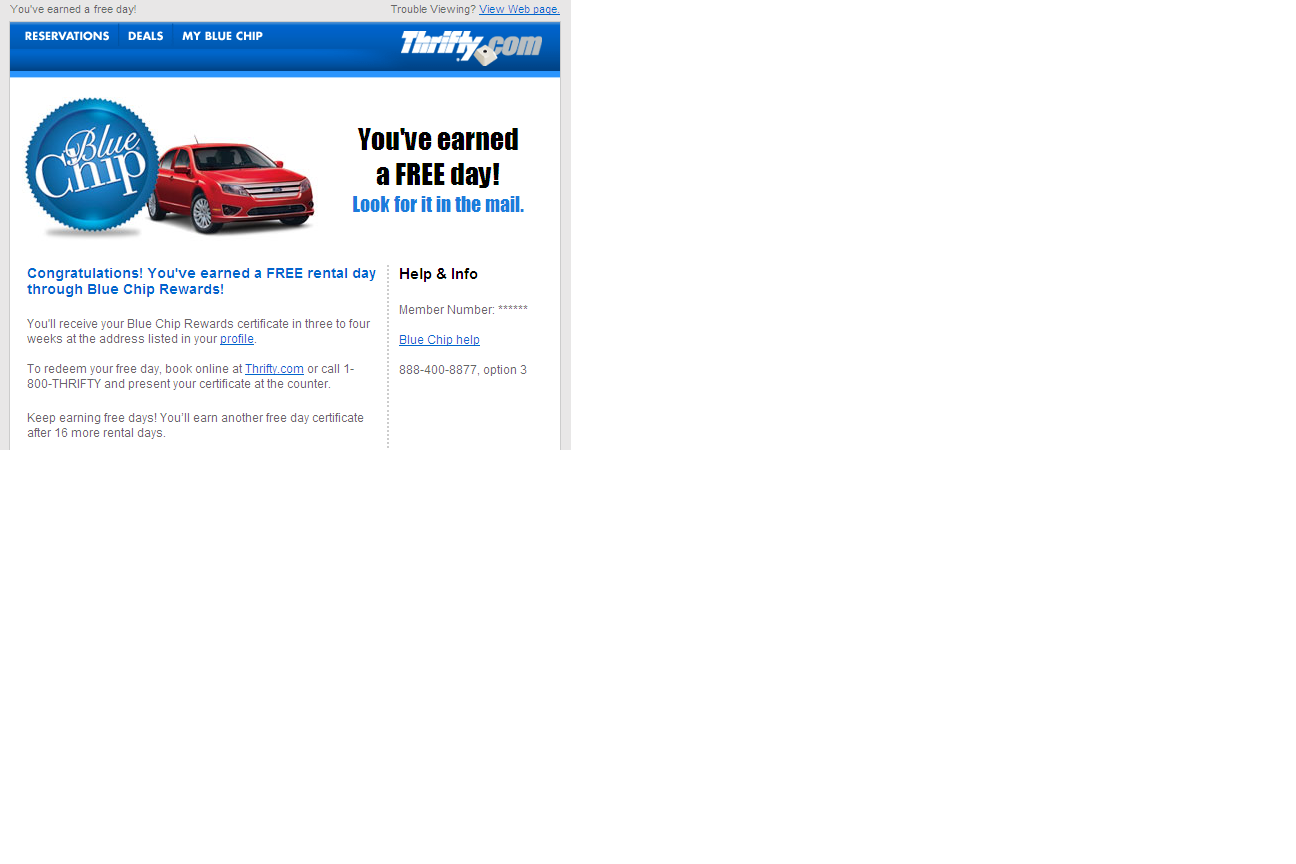Why Uber is successful
Have you heard about Uber? Basically, it’s an on-demand a car service that you “hail” via app, web or text message. The service is available in major cities in the US, including San Francisco, Boston, New York and Washington, DC, some European capitals and a few cities in Asia, including Singapore.
I started hearing about Uber on Twitter, but had never experienced it personally until recently. My friend Barb Jump had invited me to join her at the Kennedy Center. After the performance, in the elevator, Barb said she would get a car service to pick us up.
Barb texted Uber, Uber sent back a confirmation, and nine minutes later, Kareem (the driver) was pulling up to pick up in a town car, complete with bottled water, tissues and mints. Apparently nine minutes is a long wait time, because Barb says they are usually there in about four minutes, which if you live in Washington, means it is much quicker than waiting for the Metro.
What turned Barb on to Uber were two basic issues: she doesn’t carry cash and she doesn’t feel safe hailing a cab at night as a woman alone in the city. Uber solves these two issues. Since you must set up an account beforehand, the payment is charged to your credit card on file, thus there is no need for cash (or figuring out the tip, since there is no tipping). And, since you are directly ordering a car from Uber, you are not getting some random cabby. Uber also sends you the name of the driver and his/her picture so you know who to expect.
Fill a need and differentiate from the competition
Uber is successful because it found some very specific needs that were not being met by traditional taxis or car services. As its website says quite succinctly, these three needs are: request from anywhere, ride with style and convenience, and hassle-free payment. These could also be called DIFFERENTIATORS. As a plus, for Barb (and for other women), these also translate to added safety.
The bottom line is that for a business to succeed it has to meet a need that is not being adequately met by others in the marketplace. And to be uber-successful (jeez, aren’t I clever?) it has to meet those needs while differentiating itself from any competition.
Fulfill your brand promise
Everybody knows that saying something and doing it are two different things. If you do what you say you do, you are, in effect, fulfilling your brand promise. Uber’s tagline is Everyone’s Private Driver. I think Uber certainly lives up to that tagline’s promise–anyone can set up account, “hail” an Uber from their smartphone (anywhere they may be) and get a driver whom they will recognize because Uber provides this information beforehand.
Have you experienced Uber or other companies that are succeeding by differentiating well and living up to their promise?
About Deborah Brody
Deborah Brody writes and edits anything related to marketing communications. Most blog posts are written under the influence of caffeine.







